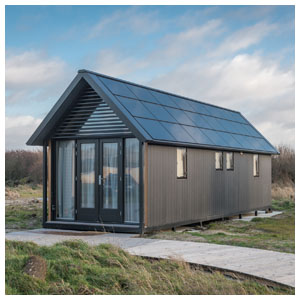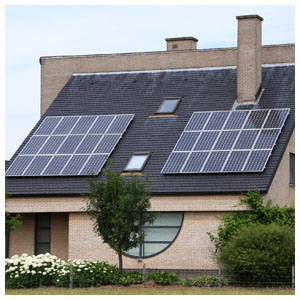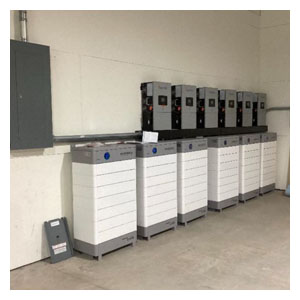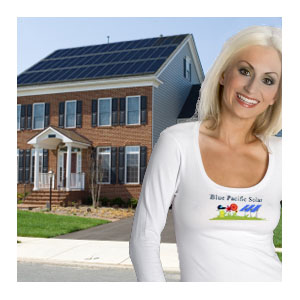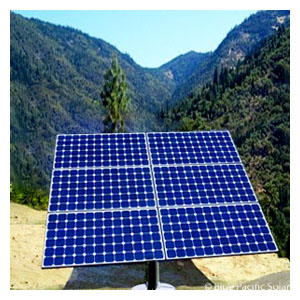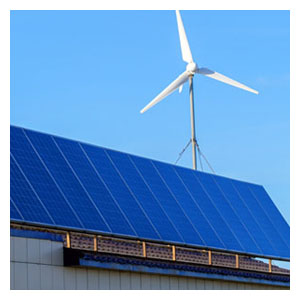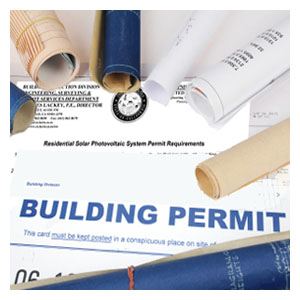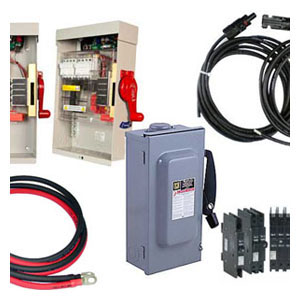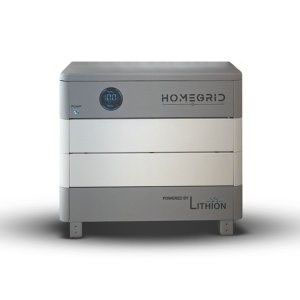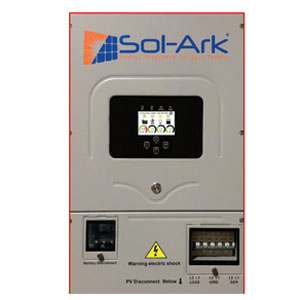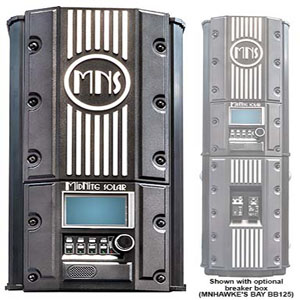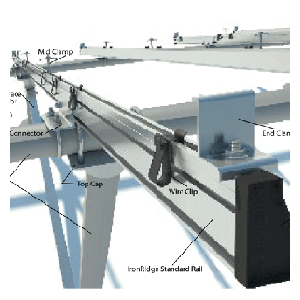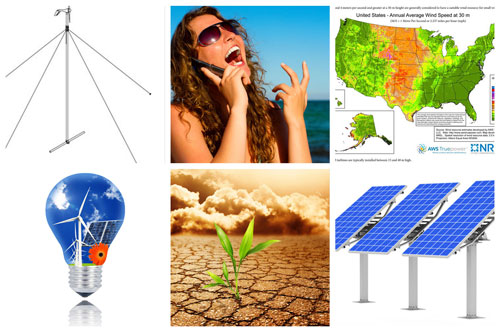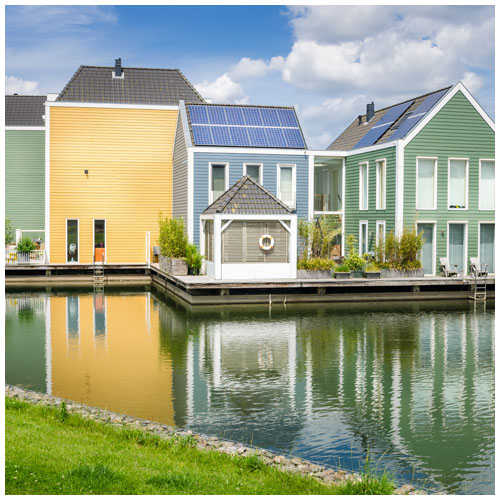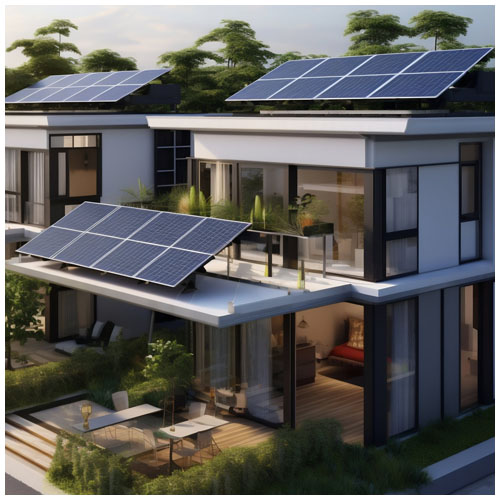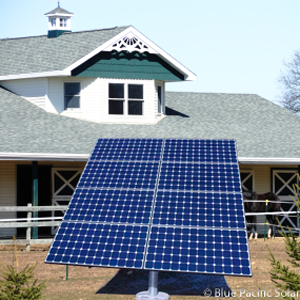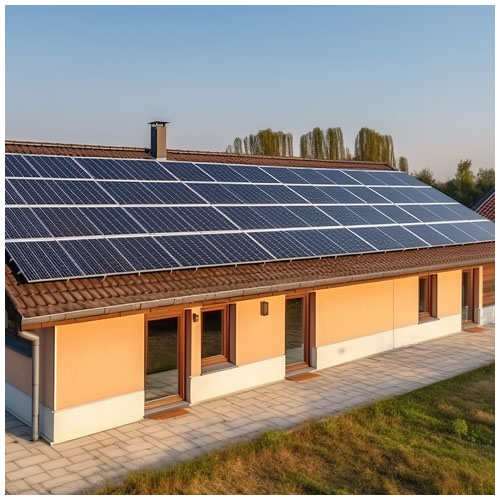
Harnessing the Power of the Sun: Blue Pacific Solar
Located in the heart of the USA, Blue Pacific Solar is not just a company; we are a dedicated team of solar enthusiasts. Our mission is to deliver the benefits of clean energy to homes and businesses nationwide. We believe everyone should have access to affordable, reliable, and sustainable electricity. That’s why we focus on providing high-quality solar panel systems along with outstanding customer service.
Why Choose Blue Pacific Solar?
In today's energy landscape, riddled with rising costs and environmental concerns, solar energy stands as a beacon of hope. By harnessing the boundless power of the sun, we can not only generate clean electricity but also take control of our energy bills and contribute to a healthier planet. At Blue Pacific Solar, we understand the immense potential of solar, and we're here to guide you every step of the way on your journey towards solar independence.
Here's what sets us apart:
Unmatched Expertise: Our team of solar professionals boasts extensive experience in designing, solar panel systems for homes of all shapes and sizes. We're passionate about solar technology and constantly stay updated on the latest advancements to ensure you receive the most efficient and cost-effective solutions.
Premium Solar Products: We partner with leading solar panel manufacturers to bring you the highest quality, most reliable solar panels on the market. Our systems are built to last, backed by industry-leading warranties, and engineered to withstand the harshest weather conditions.
Tailored Solutions: We understand that no two homes are alike. That's why we take a personalized approach to every project, conducting thorough energy audits and designing custom solar systems that perfectly meet your unique needs and budget.
Quality Installation Support: We assist with all the permits and paperwork, to get your solar panels are seamlessly integrated into your home.
Unwavering Support: We're not just here for the sale – we're here for the long haul. Our dedicated customer service team is always available to answer your questions, address any concerns, and provide ongoing support throughout the lifespan of your solar system.
Related Items; Racks, Solar Batteries & Electrical Distribution for Solar Kits
The Power of Going Solar with Blue Pacific Solar: Benefits that Extend Beyond Your Bills
Investing in solar energy isn't just about saving money on your electricity bills (although that's a pretty significant perk!). It's about making a conscious choice for a cleaner, healthier planet.
By choosing solar:
- Government Incentives: Going solar comes with a multitude of government incentives and tax breaks, making it an even more financially attractive option. Our team will help you navigate the available incentives and maximize your savings.
- Boosting your home value: Homes equipped with solar panels are consistently shown to sell faster and for higher prices than their non-solar counterparts.
- Gaining energy independence: Break free from the volatile grip of utility companies and take control of your energy future with the power of the sun.
- Investing in the future: Solar energy is the future of energy, and by going solar today, you're positioning yourself at the forefront of this exciting and transformative technology.
- Water conservation: Solar panels do not require water to generate electricity, unlike some conventional power plants that use water for cooling or steam. By going solar, you can conserve water and protect water resources.
- Net metering: Solar panels can generate more electricity than you need during the day, and you can sell the excess power back to the grid for credits. This way, you can offset your electricity usage at night or during cloudy days and lower your electric bills even more.
Contact us today to see how Blue Pacific Solar can help you unlock the power of the sun for your home or business. Let's brighten your future, together!
At Blue Pacific Solar, we believe that solar energy is more than just a trend; it's a revolution. We're passionate about helping our customers experience the life-changing benefits of solar, and we're confident that we can help you find
If you're ready to join the solar revolution and experience the countless benefits of clean energy, Blue Pacific Solar is your trusted partner. Contact us today for a free consultation, and let our team of experts guide you on your journey towards a brighter, more sustainable future powered by the sun.
Save money: DIY solar kits can save you a significant amount of money on your energy bills. In fact, you could save up to 70% on your electricity costs.
Reduce your carbon footprint: Solar panels generate electricity from the sun, which is a clean and renewable resource. By installing solar panels, you can reduce your reliance on fossil fuels and help to protect the environment.
Installation: Even if you don't have any experience with solar, you can install our kits with the help of our detailed instructions.
Complete kits: Our kits come with everything you need to get started, including solar panels, inverters, racking, and most wiring.
Warranty: You get a warranty on all of your solar panels and inverters. This means that you can be confident that your solar system will last for many years to come.
Here are some additional details about our DIY solar kits:
Our kits are available in a variety of sizes to meet the needs of different homes and businesses. We provide full customer support, so you can be sure that you're getting the help you need to install and maintain your solar system.
"I was skeptical about installing solar panels myself, but Blue Pacific Solar made it so easy. Their kits are well-designed and easy to follow. I'm so glad I went solar and I'm saving a ton of money on my energy bills." - John Smith, homeowner
